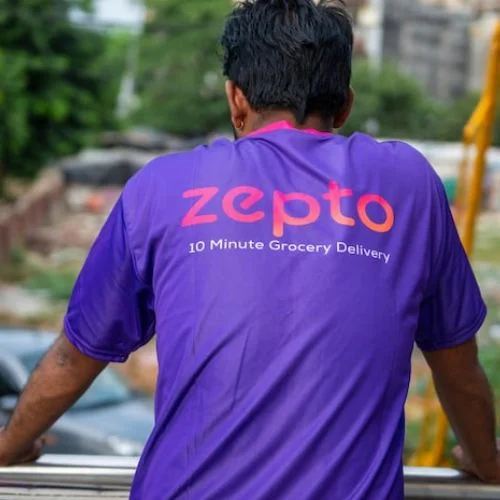Members of the Comprehensive and Progressive Agreement for Trans-Pacific Partnership (CPTPP) are set to convene in Auckland to discuss applications from China, Taiwan, and the United Kingdom to join the trade pact. These proposals have sparked disagreements among neighboring countries and divided the opinions of member nations.
The Background of CPTPP and Britain’s Membership
The CPTPP, a landmark trade pact established in 2018, consists of 11 countries: Australia, Brunei, Canada, Chile, Japan, Malaysia, Mexico, New Zealand, Peru, Singapore, and Vietnam. The United Kingdom is expected to become the 12th member. As a trade agreement that reduces trade barriers, the CPTPP aims to deepen economic ties in the Pacific. Britain’s application is set to be finalized at the meeting.
China and Taiwan’s Applications and the Impact on Neighboring Countries
China and Taiwan submitted their applications to join the CPTPP in 2021, with China’s application being submitted slightly earlier. However, both applications have been on hold while the UK’s application has been processed. The upcoming meeting will mark the first serious engagement regarding the new applications.
Divisions among member nations regarding the applications have emerged. Some countries support reviewing applications on a first-come, first-served basis, which would prioritize China’s application. Others advocate for a focus on the quality of the applications rather than their submission dates. New Zealand and certain countries favor reviewing applications simultaneously but at different speeds based on their ability to meet the high standards of the agreement. This approach aims to avoid favoring China or Taiwan exclusively or excluding both.
The Challenges Faced by China
China faces significant hurdles in its bid to join the CPTPP. The agreement requires countries to eliminate or reduce tariffs, make substantial commitments to opening services and investment markets, and adhere to rules on competition, intellectual property rights, and protections for foreign companies. The standards and binding commitments demanded by the CPTPP surpass China’s current state of economic and political development.
Views on Taiwan’s Application
Taiwan asserts that it meets the criteria for entry into the CPTPP. However, there are political issues that need to be addressed before its application can be fully considered. Taiwan’s deputy foreign minister, Roy Lee, stated that the country fully meets the requirements without elaborating on the specific political challenges.
Opportunities Arising from Other Applications
In addition to China and Taiwan, other countries have applied to join the CPTPP. Costa Rica, Uruguay, Ecuador, and Ukraine have all expressed their interest. Canada is supporting Ukraine’s application, citing the modernization of the Canada-Ukraine Free Trade Agreement as evidence that Ukraine is capable of meeting the CPTPP’s high standards.
Conclusion
The upcoming CPTPP meeting in Auckland will address the contentious issue of China and Taiwan’s applications to join the trade pact. Member nations hold differing views on how to approach these applications, leading to divisions and uncertainty. China faces significant challenges in meeting the high standards and binding commitments of the CPTPP. Taiwan’s application also requires attention to address political issues. Furthermore, other countries’ applications, such as Ukraine’s, provide additional opportunities for expansion. The meeting will play a crucial role in shaping the future direction of the CPTPP and determining which countries will be admitted as members.















